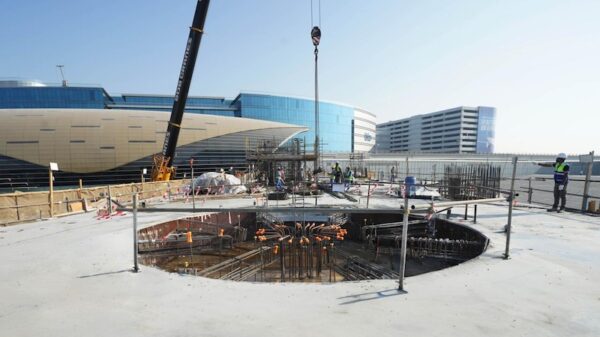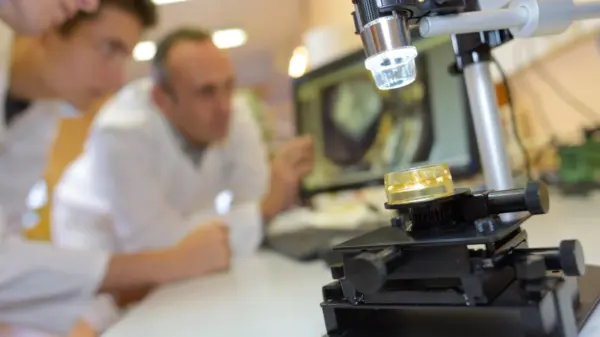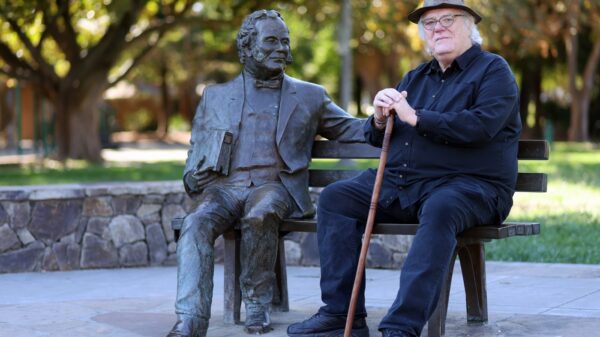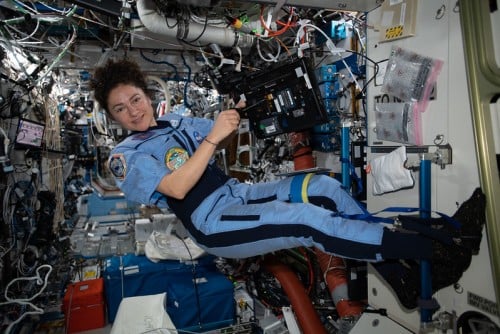A recent study reveals that astronauts’ arterial health remains stable for up to five years after returning from the International Space Station (ISS). Conducted by a team from NASA, the research highlights the resilience of the cardiovascular system in space travelers, as detailed in the Journal of Applied Physiology on July 24, 2025.
The study included 13 NASA astronaut volunteers, whose ages ranged from their late 30s to late 50s at the time of their missions. These astronauts spent between four months and nearly a year in space. Researchers analyzed ultrasound images of the carotid and brachial arteries before launch, during their time in space, and at various intervals up to five years post-mission. This comprehensive approach aimed to clarify the long-term effects of extended spaceflight on arterial health.
While previous studies have documented various physiological changes in astronauts—such as alterations in vision, muscle, and bone density—the impact on vascular health remained less understood. The findings from this latest research provide significant insights into cardiovascular stability following long-duration spaceflight.
Among the key findings, researchers observed that inflammation and oxidative stress markers in blood and urine samples during spaceflight returned to normal levels within a week after the astronauts landed. Importantly, there were no signs of increased carotid artery thickening or stiffness, which are often indicators of cardiovascular disease. Furthermore, brachial artery vasodilation, a measure of blood vessel health, remained stable over time.
Despite some moderate increases in total cholesterol and glucose levels over the seven-year observation period, the study indicated that the risk of developing heart disease and diabetes did not rise significantly due to spaceflight. Using a risk estimation tool designed for the general population, researchers calculated that the risk of developing heart disease increased from 2.6% to 4.6% from pre-flight to five years post-flight. Notably, this increase was only marginally higher—by 0.5%—when utilizing a tool tailored to individuals with health profiles similar to those of astronauts.
The astronauts also reported maintaining active lifestyles after their missions, including those who had retired from the astronaut corps. The research team noted that the natural aging process accounted for most of the increase in predicted cardiovascular risk.
In their conclusion, the researchers stated, “[W]e report that most indices of arterial structure and function in ISS astronauts were not different than preflight and that there were no signs, symptoms, or diagnoses of cardiovascular disease during the first five years after returning to Earth from long-duration spaceflight.” This suggests that the cardiovascular systems of astronauts are robust against the stresses of space travel.
Overall, this study provides reassuring evidence regarding the long-term health of astronauts, emphasizing their adaptability and the effectiveness of ongoing health monitoring post-mission. As the quest for human exploration of space continues, such insights into astronaut health will be crucial for future missions.
For further details, the full article titled “Arterial Structure and Function in the Years after Long-duration Spaceflight” is highlighted by the American Physiological Society as part of its APS select program.




































































